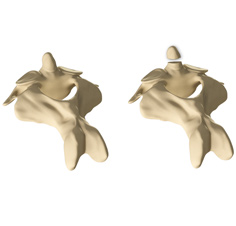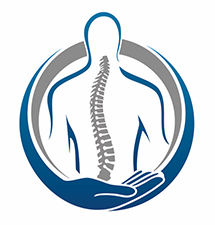Os Odontoideum

Os odontoideum is a condition in which a bony projection of the second cervical vertebra called the dens is separated from the rest of the vertebra. This causes hypermobility at the junction between the first and second cervical vertebrae and can lead to compression of the cervical spinal cord and vertebral blood supply.
Os odontoideum may be caused due to a birth defect or fracture to the developing second vertebra at an early age. The symptoms of os odontoideum include localized mechanical neck pain, abnormal posture of the head and neck, headaches and neurovascular symptoms. In cases of compression of the spinal cord and blood vessels - symptoms such as temporary paralysis, loss of coordination, unsteady gait, visual disturbances, and fainting may persist.
Your doctor will review the history and symptoms and perform a complete neck and spine examination to evaluate pain, range of motion, and other abnormalities. A neurological exam to test reflexes and motor/sensory function may also be performed.
Imaging studies in the form of X-rays may be ordered to identify the condition. CT scans provide a detailed picture of the articulation between the first and second cervical vertebrae and helps to assess the stability of the spine. An MRI may also be ordered to identify the relationship of the os with the surrounding structures.
Conservative treatment options include neck traction, physical therapy, intermittent use of a cervical collar, and pain medications. Surgical stabilization may be required if the pain is severe or if there is evidence of nerve damage or spinal instability.







